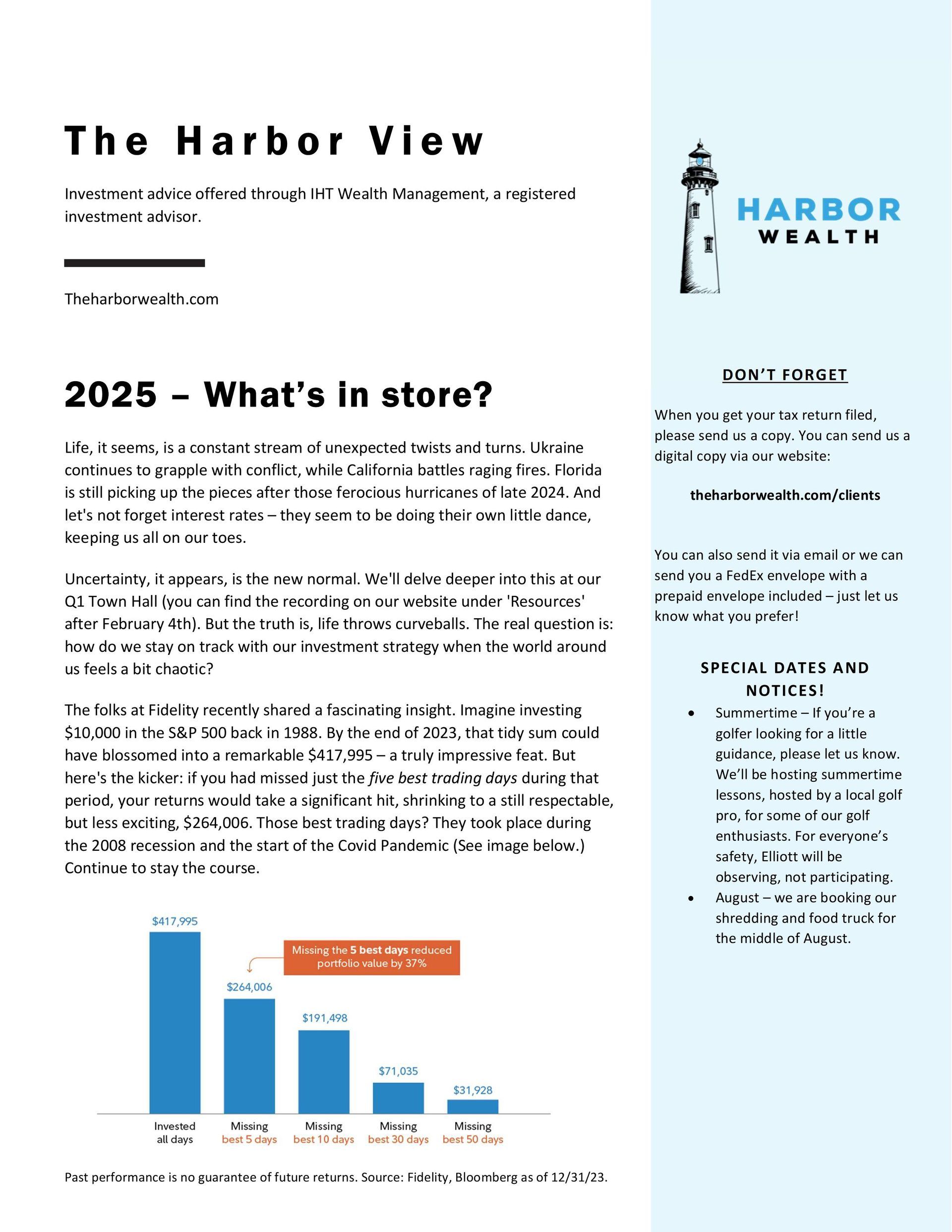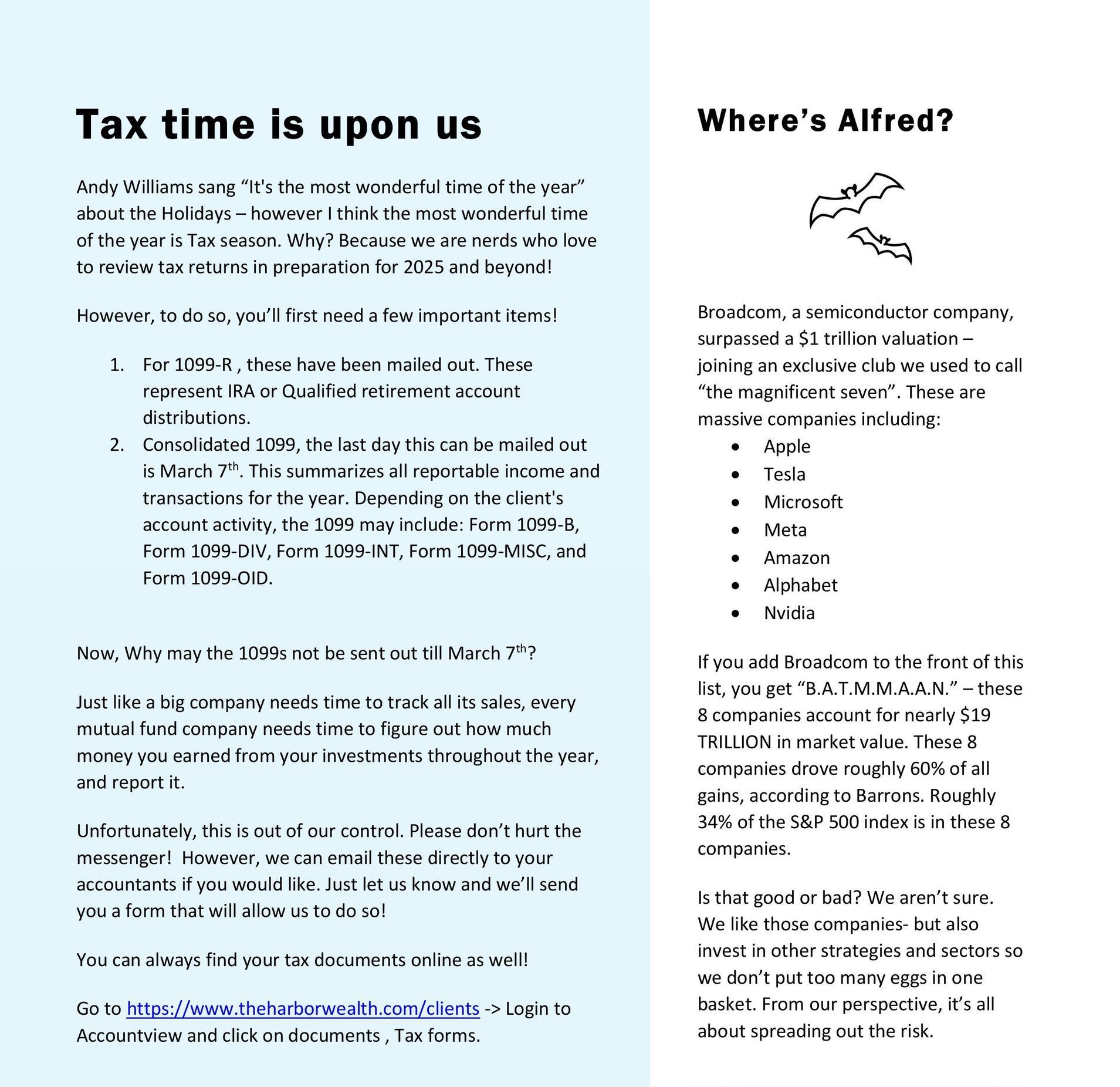By Elliott Vaughn
•
July 16, 2025
The Big Beautiful Bill ACT – A Tax Perspective President Trump has signed into law what’s being called the “ Big Beautiful Bill ”—a sweeping piece of tax legislation that touches everything from income brackets and deductions to estate taxes and energy credits. Whenever Washington rewrites the tax code, the media machine kicks into high gear. Cable news fills with shouting heads. The internet lights up. People begin to wonder: Does this change everything for me? The short answer is: probably not. But that doesn’t mean we shouldn’t pay attention. We’re not here to weigh in on whether this is a good bill or a bad one. We’ll leave that to the talking heads. Our job is to help you understand how the key parts of this could affect your personal financial plan—whether you’re still earning, already retired, or planning to leave a legacy. Take a look at our cheat sheet HERE for a breakdown of the key provisions (Big thanks to Toren Tuttle, MBA, CPA, and the team at Retirement Tax Services for their insight as I put this together) But here’s what’s in the bill, in plain English. The Headlines This bill locks in many of the 2017 tax cuts: Income tax brackets remain lower The standard deduction is expanded Business owners retain access to the Qualified Business Income deduction The estate tax exemption rises to $15 million in 2026 The SALT deduction cap temporarily increases, though it’s scheduled to shrink again in 2030 In addition, the bill introduces several new deductions—for seniors, parents, tipped workers, and even car loan interest. Charitable giving rules have also changed: starting in 2026, you can deduct up to $1,000 ($2,000 if married), even if you don’t itemize. Some provisions are going away. Electric vehicle and energy-efficiency tax credits will phase out. The 1099-K reporting threshold for apps like Venmo and PayPal will return to $20,000 and 200 transactions. Gambling loss deductions are being limited. We’ve summarized all of these changes in the cheat sheet. Again, it’s worth keeping handy. The Perspective Here’s what really matters: tax law changes. Planning endures. When tax policy shifts—as it always does—our job is not to react or guess. Our job is to help you make smart, timely decisions within the framework of a long-term plan. We’ve seen this before. In 2001, 2003, 2010, 2017—and now, 2025. The tax code gets rewritten. Markets continue doing what they’ve always done. The political winds change. But your financial plan is built to withstand all of it—if it’s grounded in discipline and purpose. We’ll walk through all of this in more detail at our August Client Townhall. But know this: There is no rush. The ink is barely dry. And as always, we’ll sort through it together. Bottom Line Most of these changes either lock in current tax cuts or introduce new, targeted deductions—especially for seniors and middle-income earners. But many of the new benefits are temporary. So whether you’re still working or already retired, smart tax planning will matter more than ever. What You Should Do Now? Nothing—just yet. But, we’ll help you: Take advantage of temporary deductions before they disappear Maximize charitable giving in tax-smart ways Revisit Roth conversion strategies Coordinate with your CPA to fine-tune your tax plan Update your estate plan while exemptions remain high No panic. No politics. Just planning. We'll be discussing the new Tax Law in our next Townhall on August 5th at 5:30 CT We’ll be ready—and so will you.







